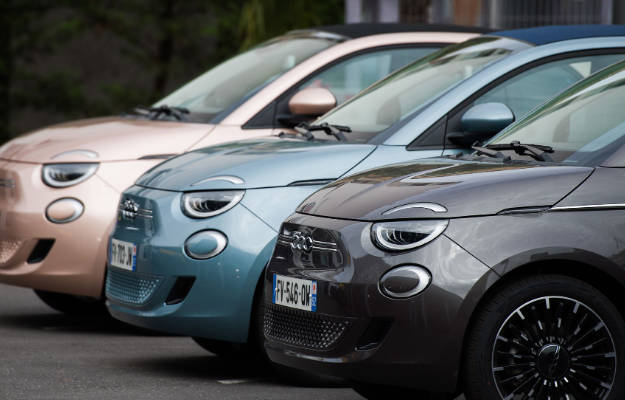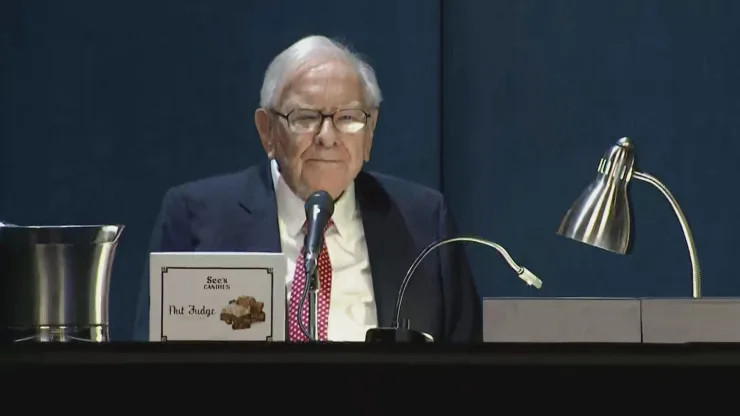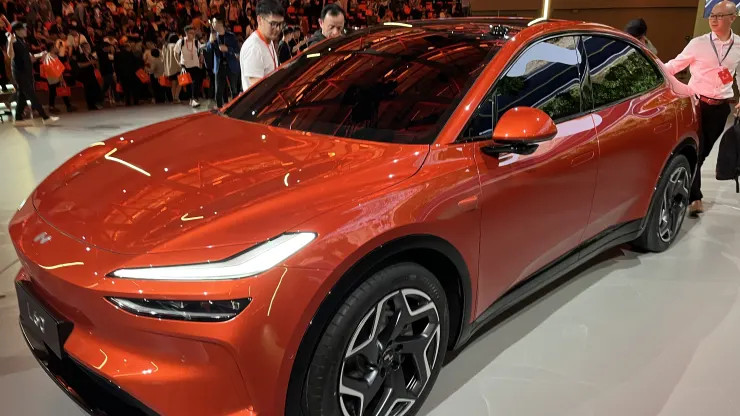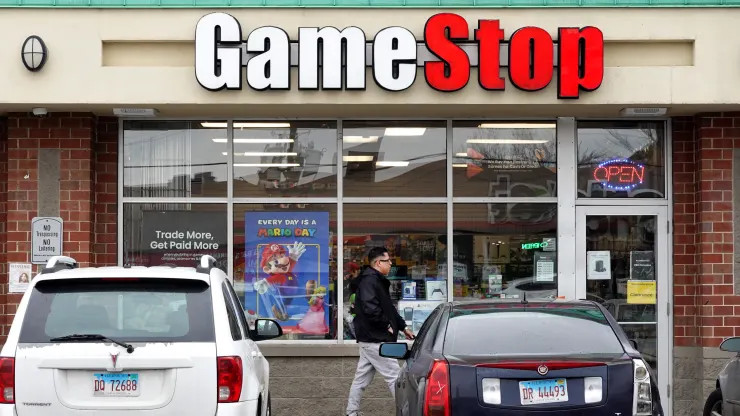The automotive industry, a major contributor to US GDP, seems to have struggled in Q2 based on company earnings, some of which are featured below.
Tesla, the highest valued car company, has been experiencing a prolonged struggle due to increased competition and slowing EV demand. Things only seem to have gotten worse this quarter as revenue was slightly above expectations at 2% growth from last year, with automotive revenue falling 7%. Declining automotive sales were countered by the growth of energy generation and regulatory credit sales. Despite these sources of growth, the meager growth and falling profit margins of Tesla’s business were extremely evident in Q2 as Tesla’s net income fell 45% from last year, far below expectations. Tesla has announced some plans to turn itself around, highlighting AI investment and robotaxis. Due to this, Tesla’s stock fell more than 8%.
Ford faced a different situation but was similarly slammed by investors. Ford saw revenue rise 6% from last year, above expectations, but missed net income expectations as net income fell around 5%. One reason for this fall is Ford’s warranty reserves, which are used to pay for vehicle issues. In Q2, warranty reserve costs were $800 million higher than in Q1. Despite this poor performance, Ford’s CEO remained positive, remarking “We’re making real progress in raising quality, lowering costs, and reducing complexity across our entire enterprise”. Unlike the CEO though, investors remained apathetic, with Ford’s stock falling 13%
GM fared better than its rivals this quarter, beating both revenue and earnings expectations. GM saw 7.2% revenue growth from last year and net income growth of 14.8%. However, GM also announced that it was ending production of its Cruise Origin autonomous vehicle and was trying to restructure its Chinese joint venture, both doubtless expensive efforts. Due in part to these failures, investors have begun to fear future earnings reports will be less successful, causing its stock to fall more than 6%.
Stellantis, the last of the big 3 American automakers, struggled in Q2, with revenue falling 14% and net income falling 48% from Q2 last year. Stellantis said the drop was primarily due to losses in North America, where it has “significant work to do”. Specifically, inventory and prices were too high, and Stellantis took the longest,97 days, in the industry to sell cars on dealer lots. Due to this, US shares of Stellantis fell over 10%.



